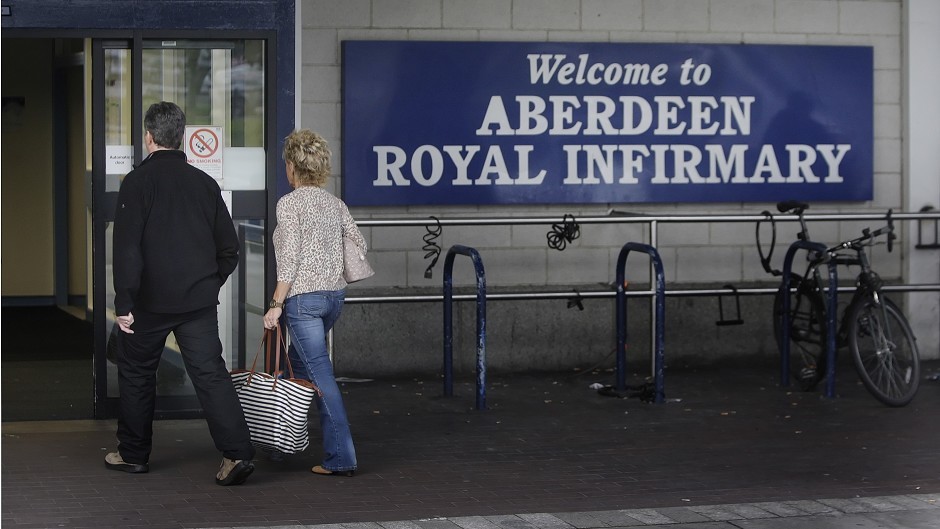The Scottish Government has been urged to take action to improve waiting times at hospital accident and emergency departments.
The Royal College of Nursing yesterday voted to put pressure on all UK administrations to resolve the “crisis”.
Official figures showed that NHS Grampian and Highland missed a target to treat 95% of patients within four hours during the week ending June 14.
The overall rate in the north-east was 93.3% but 10.5% of patients – 121 – were forced to wait longer than they should have at Aberdeen Royal Infirmary.
A total of 94.6% of patients were treated in NHS Highland A&E departments within four hours but the rate at Raigmore Hospital in Inverness was 93.9%, which meant 43 people were delayed.
The Scotland-wide figure showed that 92.2% of patients were seen, transferred or discharged within four hours, leading to delays for 2,052 patients.
RCN claimed the sheer volume of patients attending A&E departments was putting staff “under real pressure and stretching the system to breaking point”.
Theresa Fyffe, the organisation’s director in Scotland, said: “We cannot sustain a system that is experiencing increasing demand.
“More and more seriously ill people are presenting to A&E with increasingly complex conditions and there are not enough nurses and social care staff and resources out in the community to care for or treat them at home.”
Health Secretary Shona Robison insisted that NHS Grampian and NHS Highland’s performance compared well to the national average.
“Since weekly reporting of statistics began, NHS Grampian has achieved or exceeded the 95% target seven times and NHS Highland has achieved or exceeded it 10 times,” she added.
“However health boards must strive to meet their targets and clearly there is still more work to be done.
“This government is determined to improve performance.”
A NHS Grampian spokeswoman said it was committed to meeting the 95% target and urged the public to play their part because a trip to A&E may not be the best course of action.
A spokeswoman for NHS Highland said it expected a degree of variability in the weekly performance figures due to peaks in demand for hospital services.
She explained that demand had soared in recent months due to a norovirus outbreak and an increase in the number of patients admitted with trauma.
